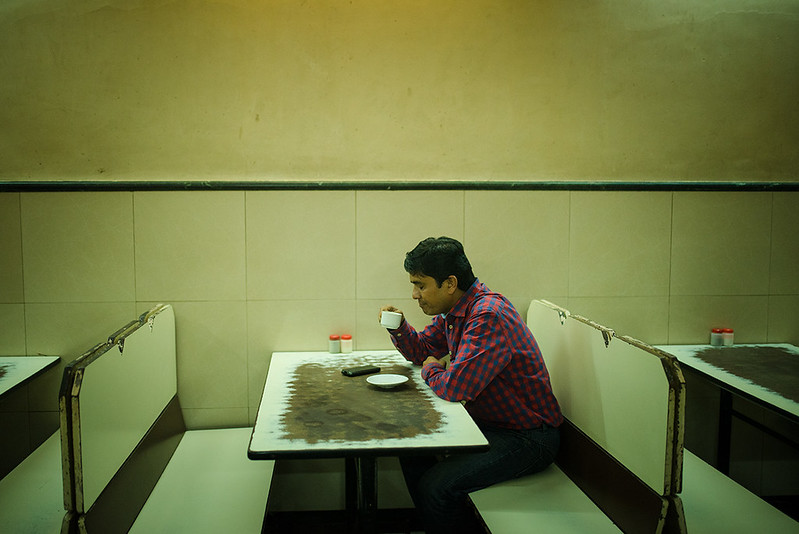By Raj Lalwani, TwoCircles.net
I met Mateen Hafeez, a crime reporter with the Times of India since the past eleven years, an hour after he broke his fast. We met at this nondescript cafe near his office. “This is our usual stop,” he told me, “everyday, after going to the Crime Branch headquarters, we stop here for chai before heading back to office to file our stories. A few minutes into the conversation, and I connected the face with the byline. Mateen was the same journalist who’d broken a story in the wake of the beef ban, where the police in Muslim-majority Malegaon had asked cattle owners to submit mugshots of their cows and bullocks—a story that had sounded bizarre at first, but was reportedly an effort by the police to reduce rumour mongering and innocent people from getting harrassed. Mateen is originally from Malegaon, and has been in Mumbai since the past seventeen years.
After finding more connections—the two of us are alumni of the same college in Mumbai—he proceeded to tell me some fascinating stories from his life as a crime journalist. “Crime beat karte karte, criminals se maara maari ho gayi. Arun Gawli se,” he says, talking about an incident that took place at the gangster’s residence in 2004. “Gawli has assaulted around seven reporters. But only I had filed an FIR, which led to a chargesheet and his subsequent arrest.” Interestingly, Mateen’s FIR was instrumental in the invoking of MCOCA against Gawli, as two criminal chargesheets are required in the invoking of the act. Gawli subsequently became the city’s first gangster to have been convicted under the much-debated Maharashtra Control of Organised Crime Act.
Religion has helped him while covering his beat, he says, since a majority of terror suspects picked up by the police are Muslims. “When their family presents their story, I manage to build a better rapport. When they eventually need to contact a reporter, they think of me, perhaps, and I end up getting better stories.”
Journalism is hectic, but fascinating he says, and is evolving every day, with the big change being since the past two years, now that the Web and social media has made even print journalists think realtime.


